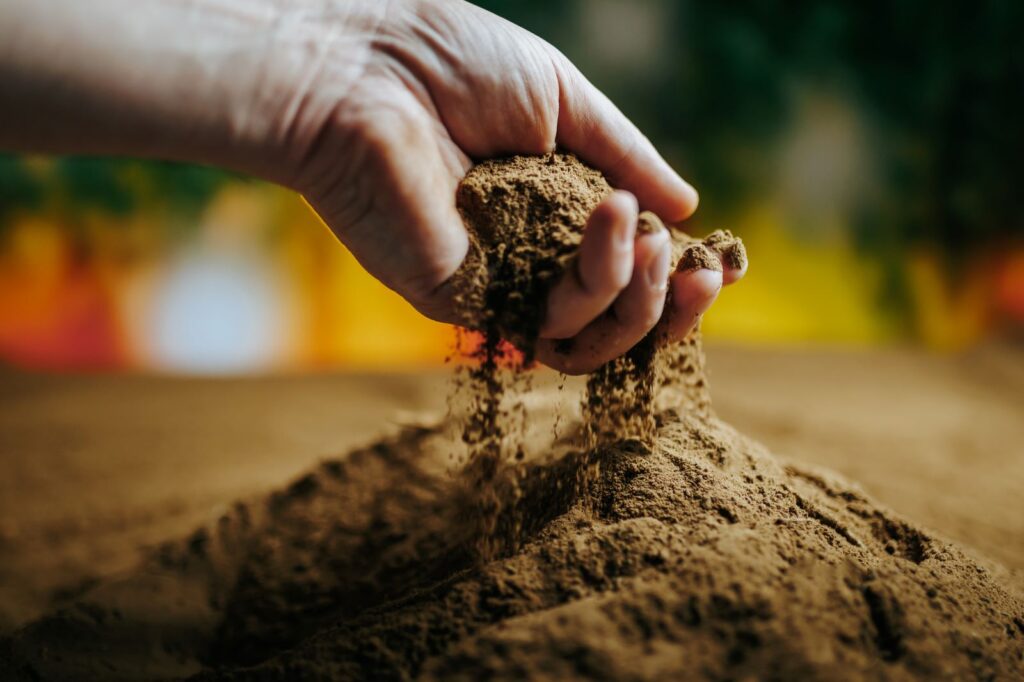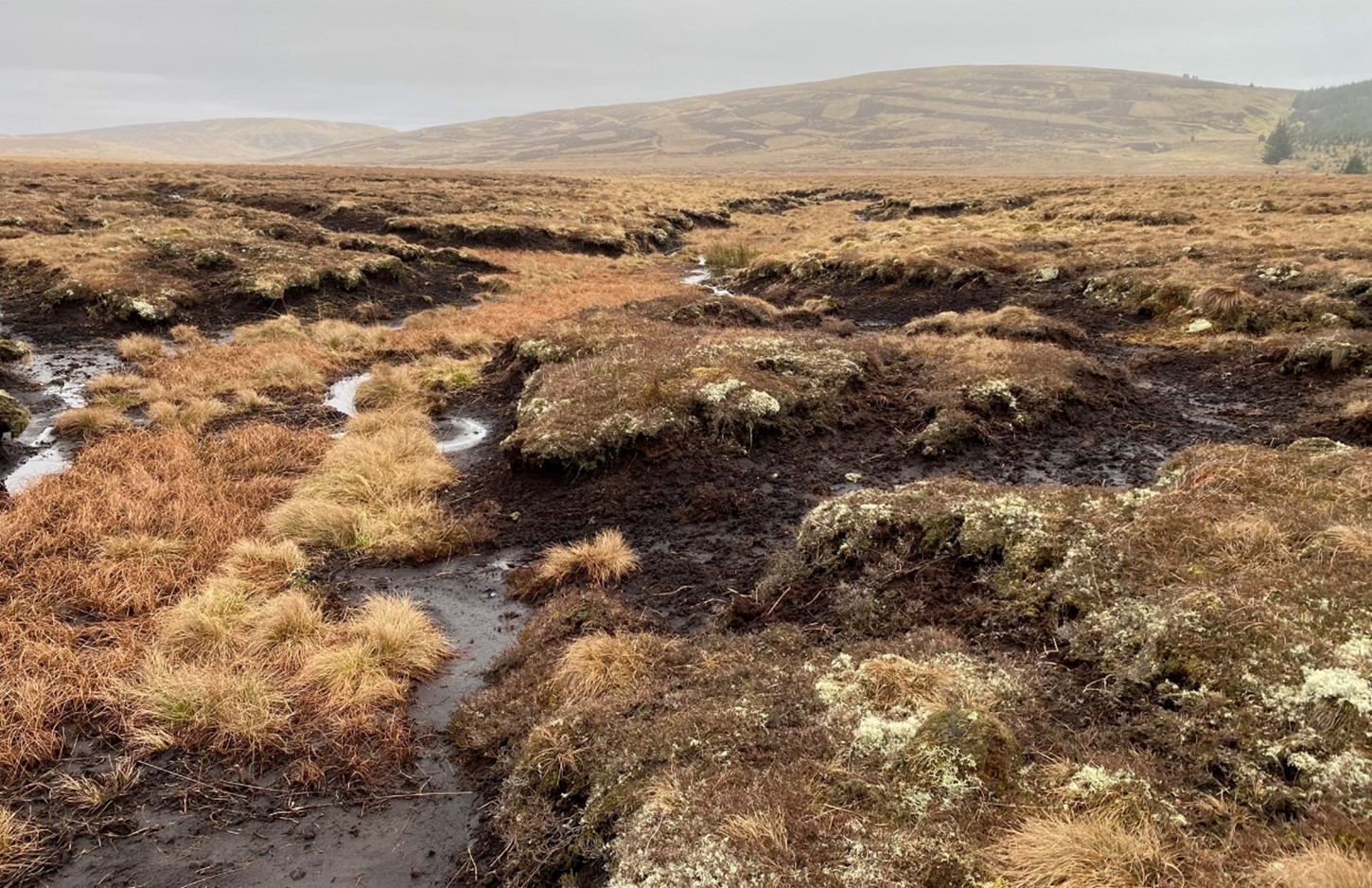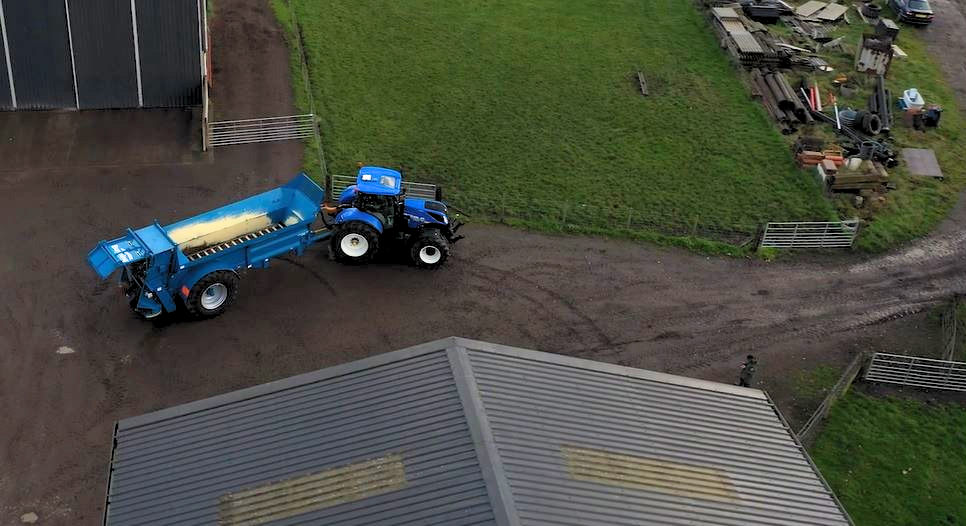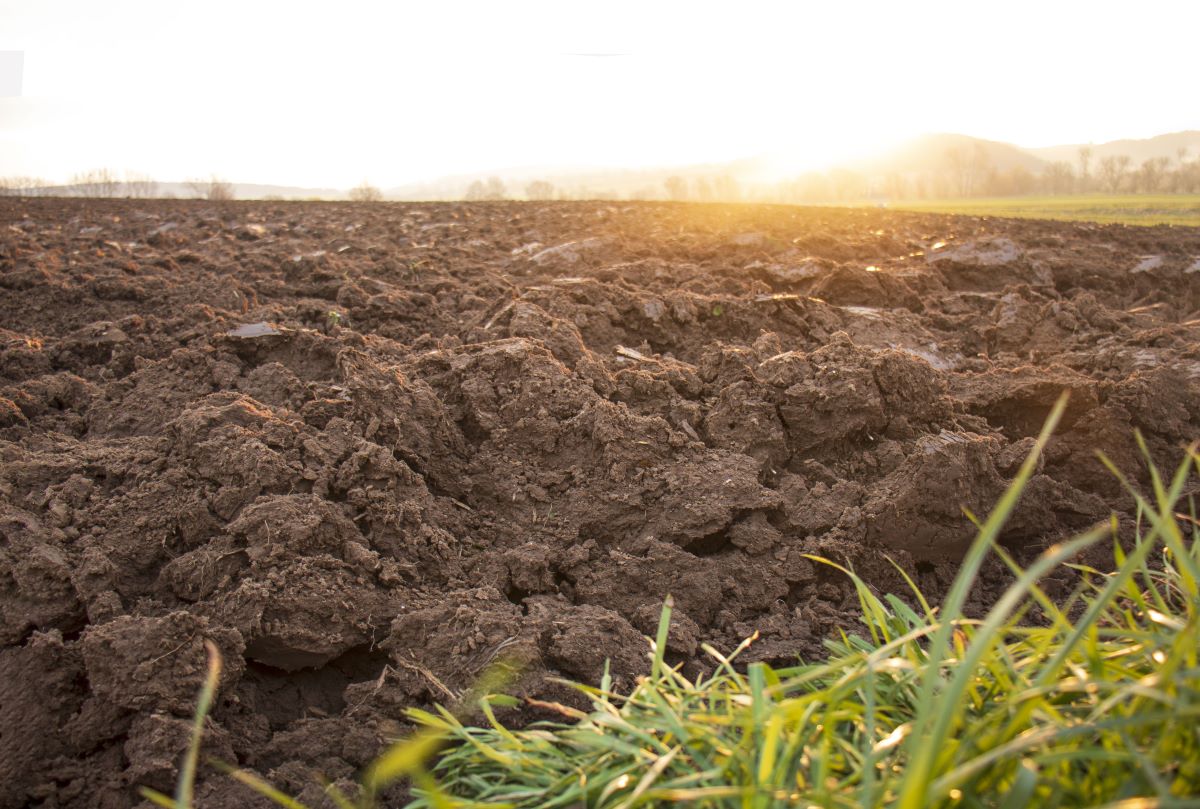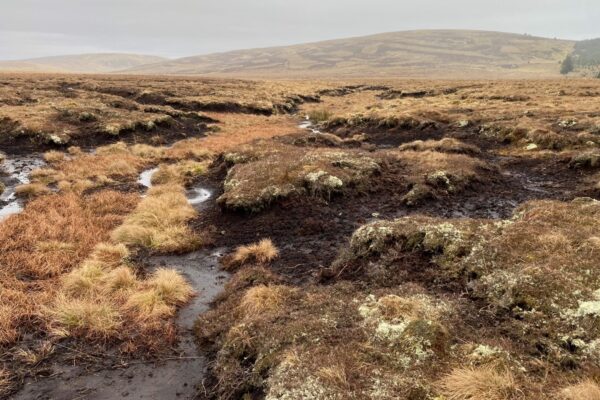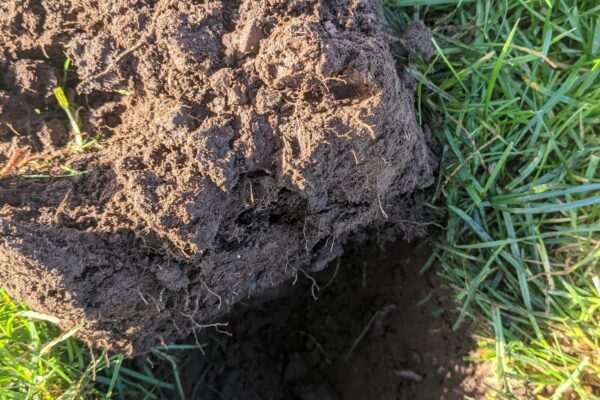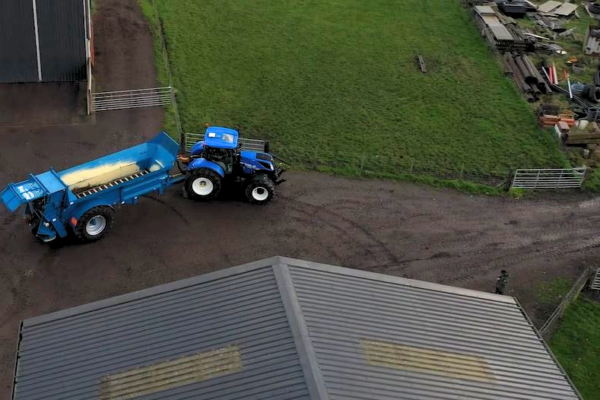What is ‘Rock Dust’ (Enhanced Weathering) and how it can Affect Soil Health and Carbon Sequestration
19 December 2024What is 'rock dust'?
Rock dust, or enhanced weathering (EW) mainly comprises igneous (volcanic) material rich in magnesium and calcium (essential for enhanced weathering), such as basalt, olivine and dunnite which are crushed to a powder for application to soils.
Rock dust on soils - the concept
Figure 1 outlines the concept of EW which has lead to ‘rock dust’ getting more attention in terms of its potential for enhancing carbon storage when applied to soil. Rock is sourced (usually from quarrying), crushed and applied to land. A rock begins to weather (break down), it takes atmospheric CO2 (and water) to form bicarbonates. These are eventually leeched from soils, transported in watercourses and deposited in oceans. This therefore creates a pathway for long-term carbon storage.

What evidence is there relating to rock dust and our soils?
EW is a novel area of science and so compared with other land management practices has significantly less evidence which quantifies the true potential of this method. Most studies to date have been laboratory-based experiments or assessing scenarios with different computational modelling approaches. There are some field studies looking at rock dust applications but it can be argued that overall there is insufficient evidence to provide robust guidance at this stage. As rock dust is considered a by-product and not a waste, there are no regulations regarding its application to soil at present.
From the evidence we have so far, what are the pros and cons of applying rock dust to soils?
Sarah Buckingham, SAC Consulting
Sign up to the FAS newsletter
Receive updates on news, events and publications from Scotland’s Farm Advisory Service

